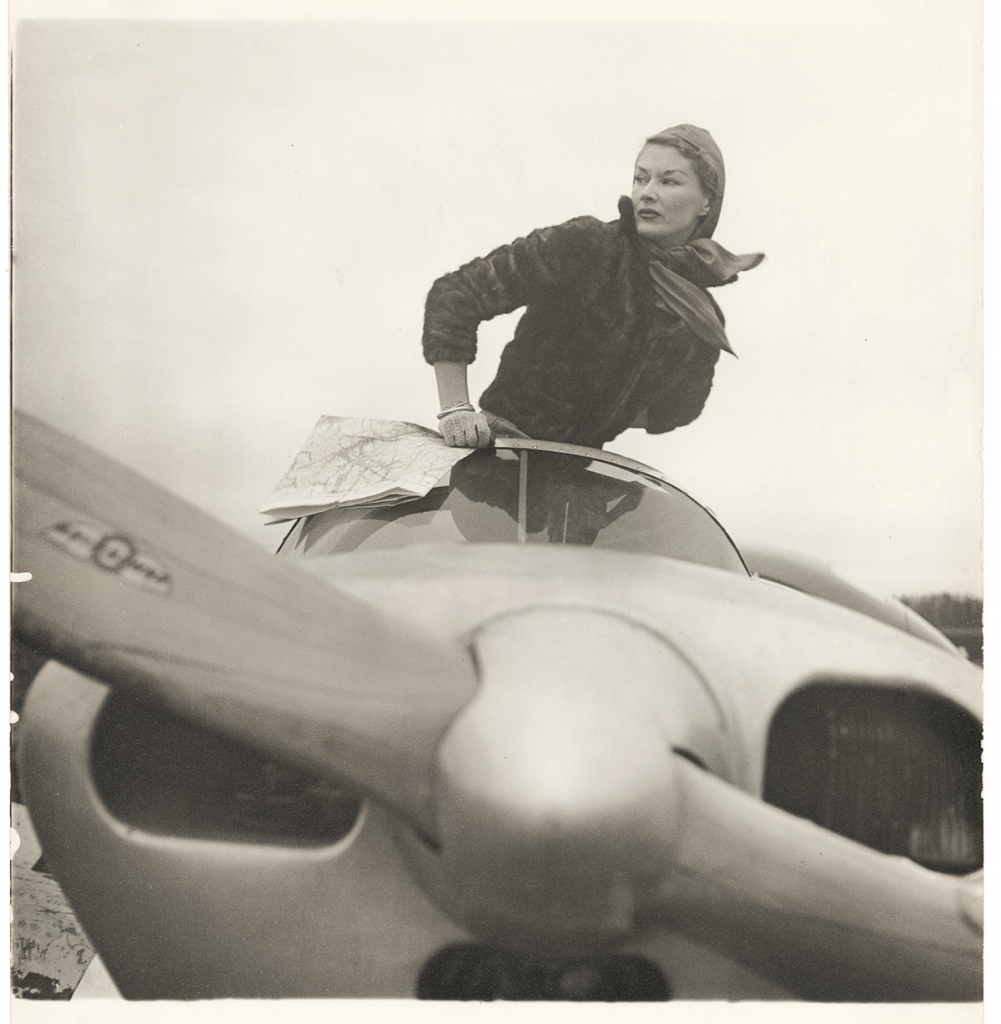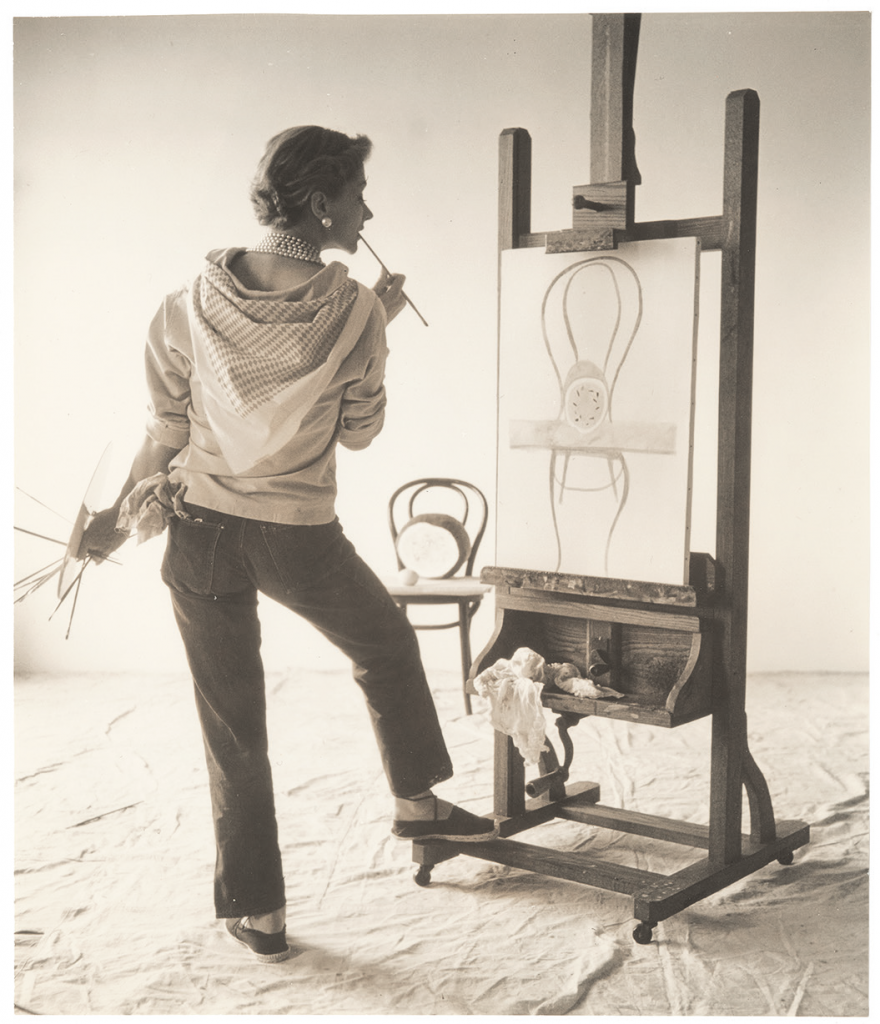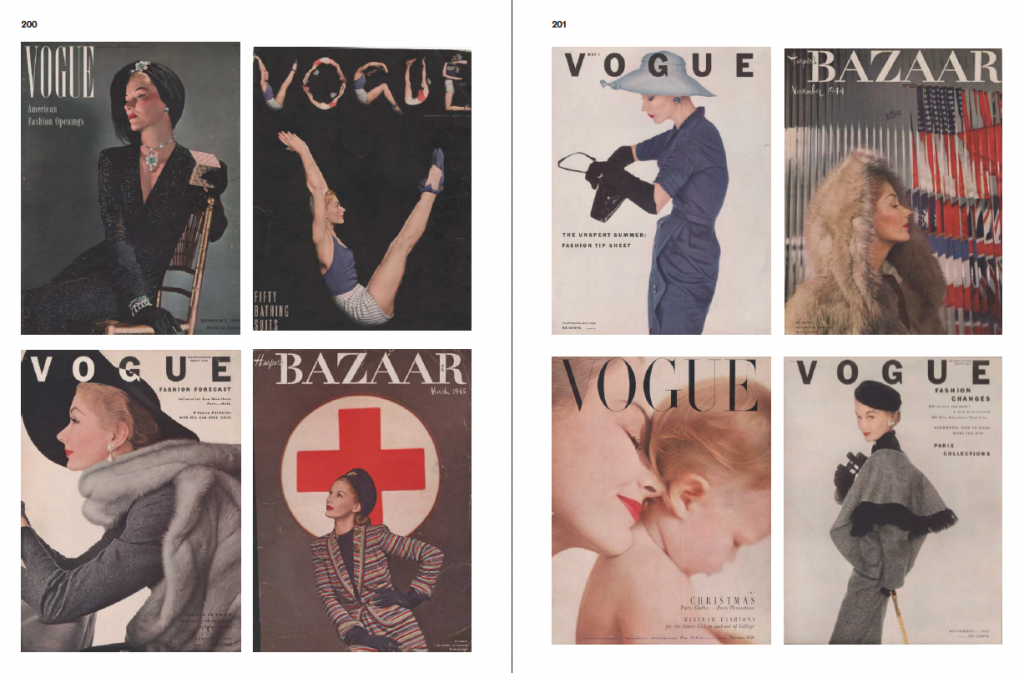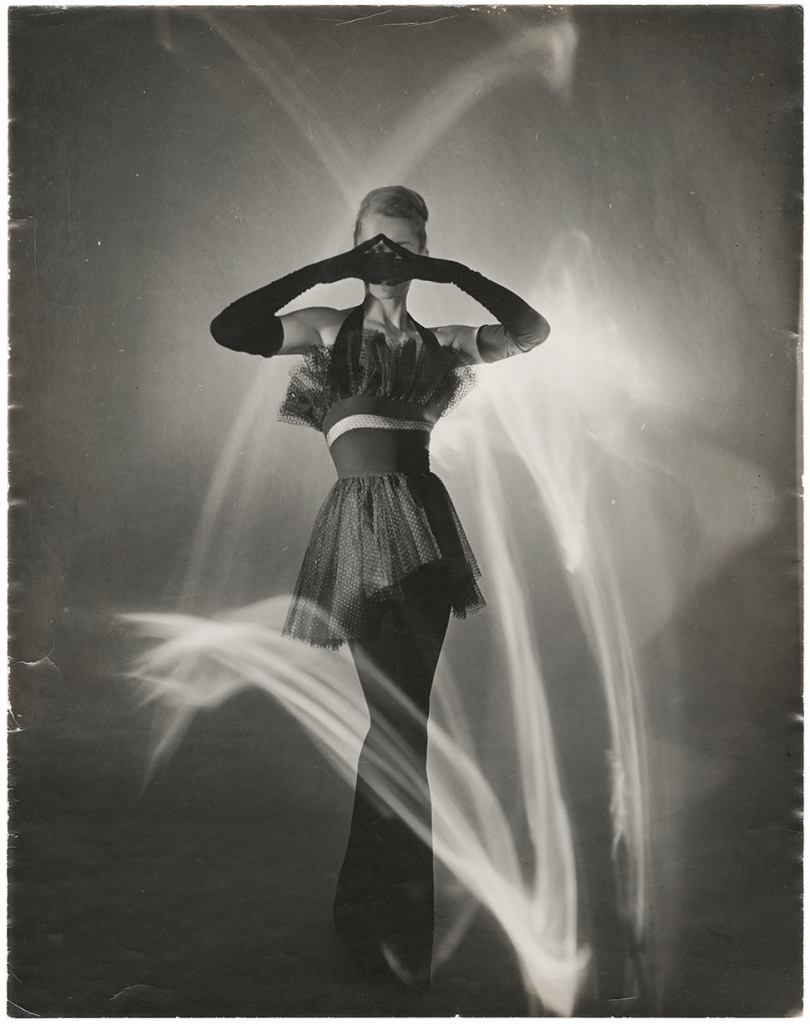Art World
A New Book Chronicles the Artist and ‘World’s First Supermodel’ Lisa Fonssagrives-Penn
A new book chronicling the life of the iconic artist and model will be published this fall.

Lisa Fonssagrives-Penn posed so Gigi Hadid could catwalk. Fonssagrives-Penn was more than just a model though, she was a renaissance woman: a photographer, stylist, dancer and a sculptor. On October 22, a new image-heavy book documenting the multitalented woman’s fabulous life will be released.
Lisa Fonssagrives-Penn, Fashion Icon is a collection of intimate images, many published in Vogue (both France and the US) and Harper’s Bazaar, alongside numerous previously unpublished photographs of the pioneering supermodel. The foreword is written by Simon Baker, director of the Maison Européenne de la Photographie, and includes writings by fashion journalist Laurence Benaïm and writer and curator Vince Aletti, plus a 1985 interview with the late photographer David Seidner. “But making a beautiful picture is making art, isn’t it?” she posited in that interview.

Irving Penn, Untitled color variant in Vogue US, (August 1949). Loan from the Tom Penn Archive. © The Irving Penn Foundation.
Most publications simply referred to her by the mononym “Lisa”. Otherwise, the Swedish model went by her professional name, Lisa Fonssagrives, for most of her modeling career, which spanned from the 1930s to the 1950s. Before embarking upon fashion, however, studied art and created sculptures later in her life: enormous abstract works in wood and bronze inspired by the human form. Her pieces were exhibited in prestigious New York galleries and admired for their minimalist beauty.

Fernand Fonssagrives, <i<Élan, Noirmoutier beach, France (1935). Collection MEP, Paris. Donation from the Tom Penn Archive. © Estate of Fernand Fonssagrive.
Lisa met her first husband, Fernand Fonssagrives, in the mid 1930’s when they were both dancers, teaching private lessons in people’s homes. An accident bound her husband to a wheelchair, however, and she bought him a camera to help him pass his time. That camera played a crucial role in the beginning of Lisa’s modeling career, as he captured her grace and elegance as he snapped away. These images launched his wife’s fashion world ascent.
Photographer Willy Maywald accidentally discovered Lisa in an elevator in Paris in 1936. He was so taken by her that he immediately asked her to pose for photos, which he promptly sent over to Vogue. This chance encounter marked the beginning of her illustrious modeling career. Horst P. Horst then took a few test shots of her for the magazine, where she cemented herself as his lifelong favorite model to work with. She also worked with photographers like Richard Avedon and Man Ray.

A spread from the upcoming book “Lisa Fonssagrives-Penn: Fashion Icon,” featuring the supermodel on the cover of several magazines.
Lisa was no mannequin, though. She took an active role at her photo shoots, styling her own clothes, doing her own hair and makeup, and directing lighting and composition. She considered the elements as important as her movements as a model, a practice she referred to as “still dance”. Though she never walked a runway, Lisa posed for the covers of Vogue, Elle, Harper’s Bazaar, Life, Time, and more.

Fernand Fonssagrives, Untitled (1940s). Loan from the Tom Penn Archive. © Estate of Fernand Fonssagrive.
She hyphenated her name after her second marriage to iconic photographer Irving Penn in 1950, which lasted until her death in 1992. Penn’s minimalist photography combined with Lisa’s exquisite poise bore some of the most iconic fashion photos of the mid-20th century. She explained the creative bond between her and Penn in her interview with Seidner: “When I met Irving, we were both doing experiments with ferrous cyanide to whiten the image and dissolve the outline of form. Eventually, after I remarried, my darkroom became a nursery, and all my prints had to be ordered.”





